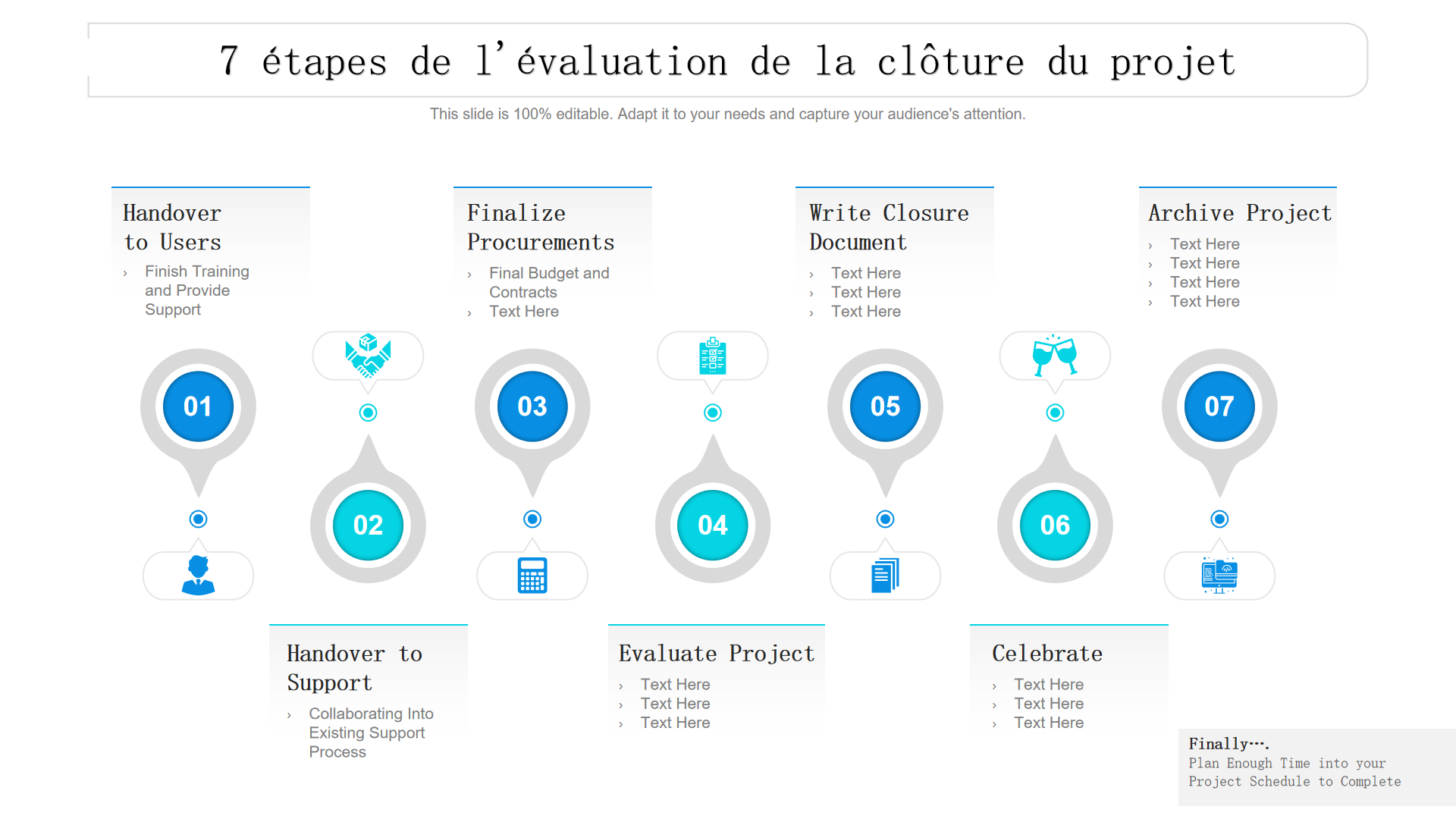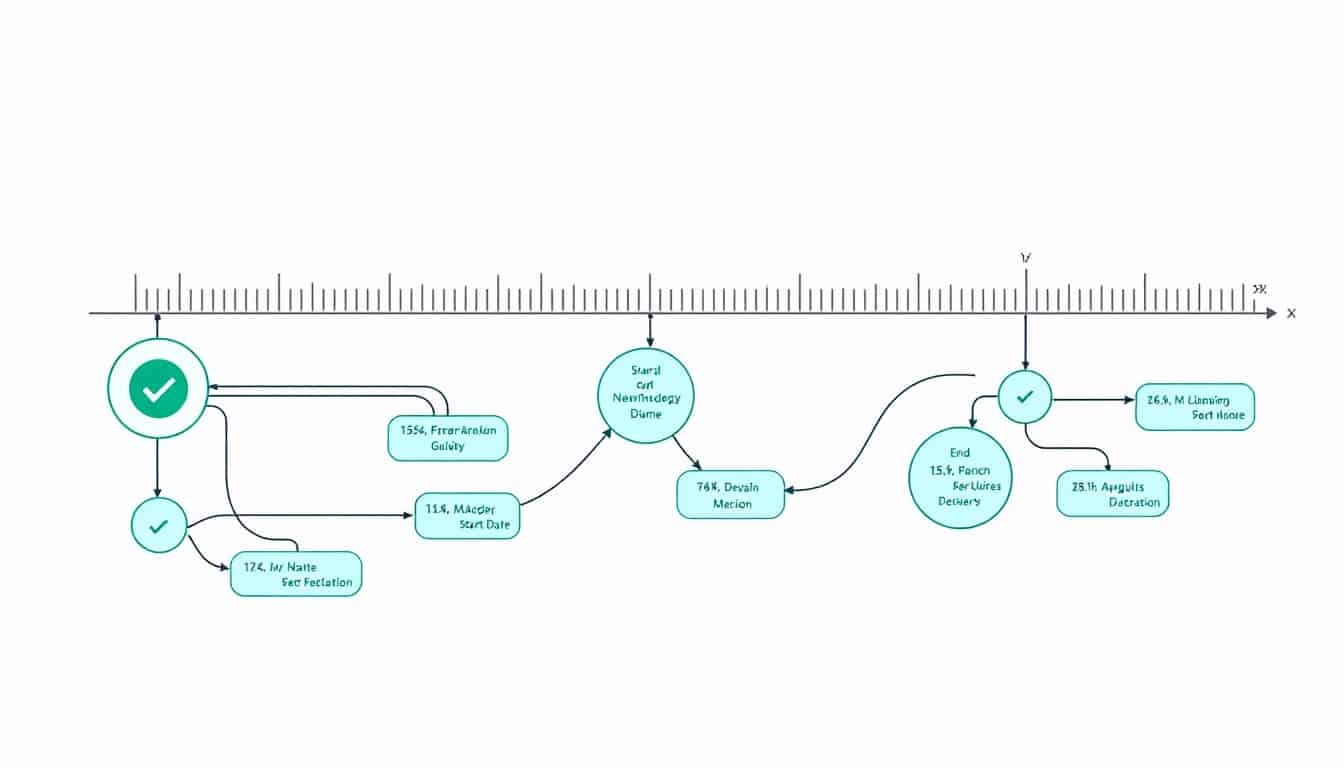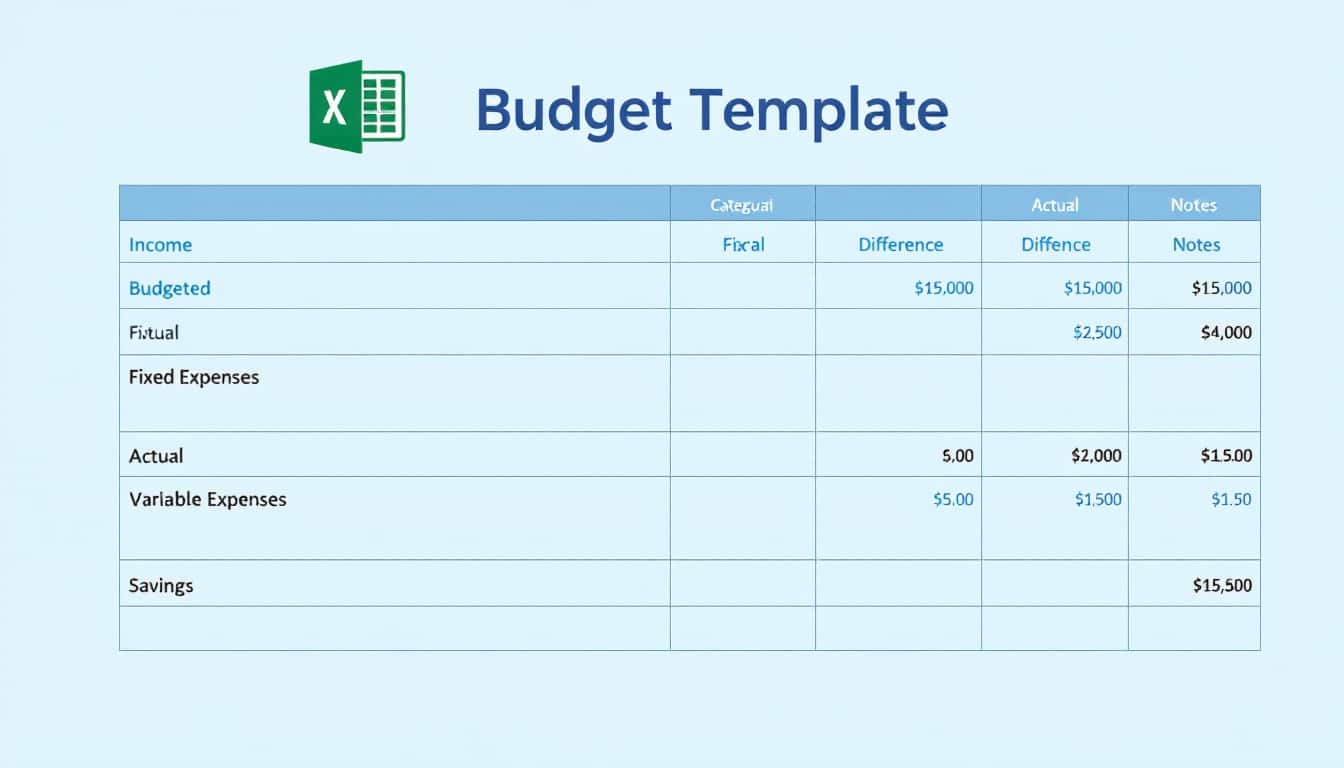Concluding a project successfully is a crucial step that requires attention and method. To avoid oversight and ensure that all objectives are met, it is essential to follow a well-defined set of steps. With an effective checklist, you can navigate through the final stages of your project with peace of mind. Whether it’s checking the completion of deliverables or assessing client satisfaction, each step contributes to establishing the foundations of a successful closure. Let’s explore these essential steps together for a smooth and professional conclusion.
🔥 Nous recommandons Ideamap
Ideamap est l’outil idéal pour un brainstorming ou un projet collaboratif. Grâce son interface facile et à ses fonctions IA, Ideamap booste votre créativité tout en favorisant une meilleure organisation de vos idées pour atteindre vos objectifs.
|
IN BRIEF
|
Essential Steps to Close a Project (With Checklist)
Closing a project is not simply a matter of finishing. It is a process that requires particular attention to ensure that all objectives have been achieved and that final decisions are properly made. In this article, we will explore the essential steps to follow for an effective project closure, accompanied by a practical checklist to ensure that nothing is forgotten.
Project Review
The first crucial step when closing a project is to conduct a thorough review. This involves a careful check of the project’s initial objectives to ensure that each element has been satisfied. Consulting the project scope or the information note is essential to confirm that all deliverables have been completed according to expectations.
Preparing the Checklist
Once the review is completed, it is time to develop a checklist. This serves as a guide to ensure that all closure steps have been followed. This list should include items such as assessing deliverables, confirming task completion, and checking the overall quality of the work completed.
Deliverables Assessment
Every project generates deliverables that must be examined and evaluated during the closure. Ensure that all deliverables have been provided as agreed. If issues persist or certain items are missing, it is imperative to resolve them before finalizing the project.
Feedback and Performance Evaluation
Obtaining feedback from the team and stakeholders is essential. This allows for an evaluation of the processes used in the project and reflection on what worked well, as well as what could be improved. Assess the performance of the project as a whole and identify lessons learned for future projects.
Final Documentation
Documentation is an integral part of the project closure. Gather all documents, reports, and communications related to the project. Ensure they are organized for future reference. This not only guarantees that you have an official record of the outcomes but also that this information can aid in the progression of other projects.
Formalizing the Closure
Once all elements are in place, it is time to formalize the closure. This may include meetings with stakeholders to share the final results of the project and discuss its implications. Take the opportunity to celebrate successes and thank all team members for their efforts.
Follow-Up and Reflection
Finally, a project closure does not stop once the documents are signed. Ensure that a follow-up is planned to assess the long-term impact of the project. Also, consider how the information gathered can improve the management of future projects.
Project Closure Checklist
Here is a simple checklist to help you close your project effectively:
- Confirm the completion of all deliverables
- Obtain feedback from stakeholders
- Document outcomes and the process undertaken
- Resolve any outstanding issues
- Organize a closure meeting with the team














